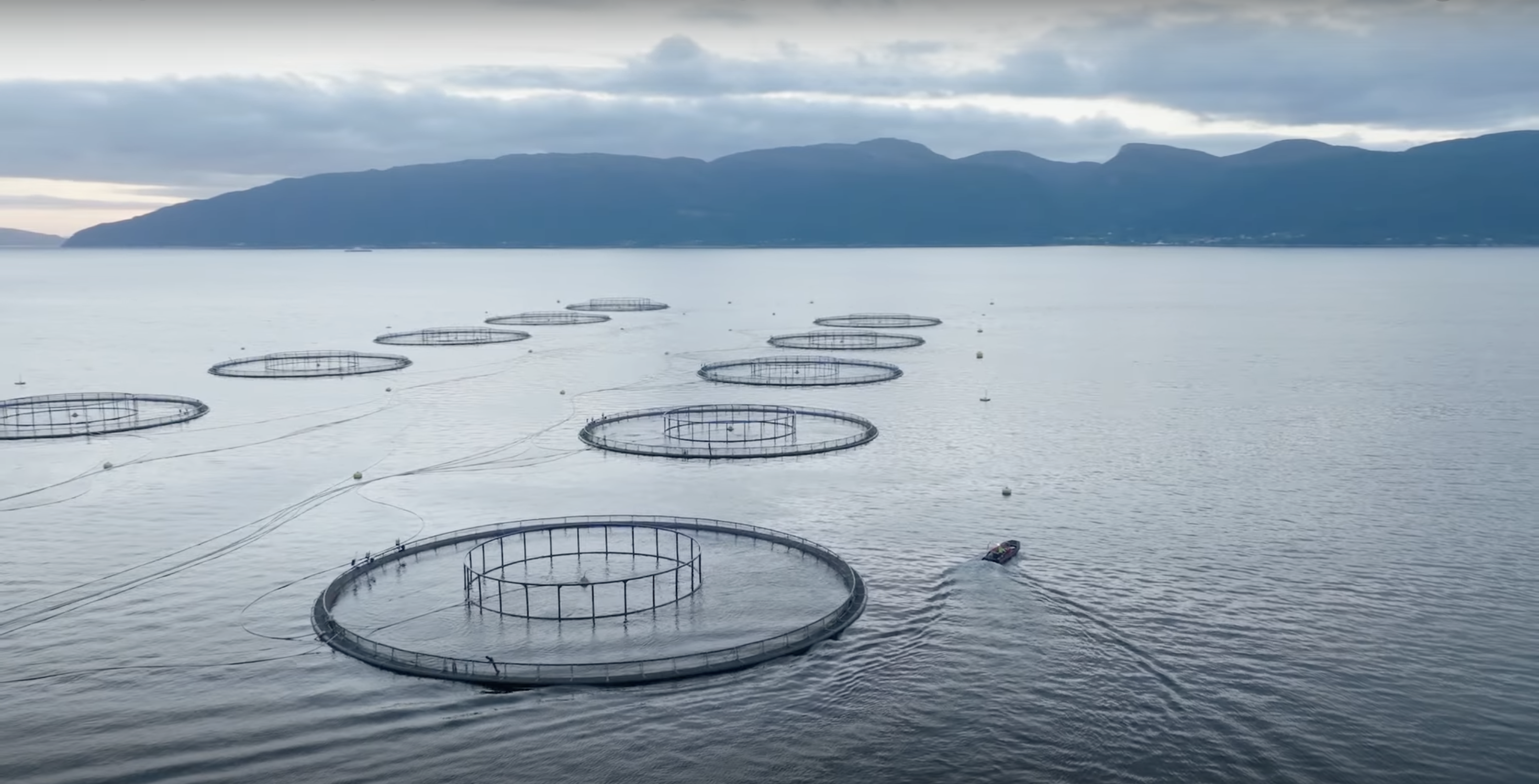
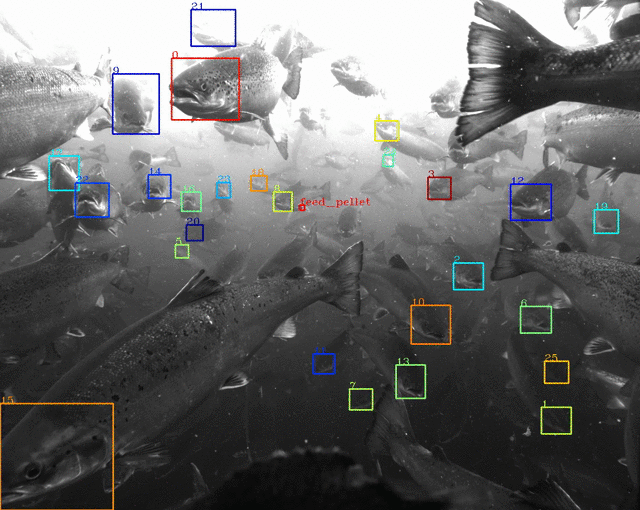
Tidal @ GoogleX
Tidal's mission is to protect the ocean and improve the sustainability of fish farming. The main product is a stereo-vision camera system that gets installed in industrial fish farms in the fjords of Norway. The camera uses computer vision and machine learning (ML) to estimate biomass and monitor the health of the fish as they swim past the camera. These insights drive better and more sustainable decision-making by the farmers.
I was the main electrical engineer on the team and owned everything electrical. This included revising schematics and layout for the custom PCBAs, performing failure analysis for reliability, manufacturing, and field issues, and providing guidance on compliance and regulatory questions as they arose.
In addition to the design work, I spent significant time debugging various reliability and manufacturing issues that arose during the development process. These issues included soldering problems, LED failures, and Ethernet failures. My role involved troubleshooting these problems, identifying their root causes, and developing effective solutions to mitigate them.
I was responsible for bringing up and maintaining the hardware-in-the-loop (HIL) test racks for the Tidal camera system and its supporting products. I designed and built these test racks, including all aspects of electrical, networking, and software. I wrote HIL tests using Python and set up nightly and presubmit automation, integrating these with internal Google tools to streamline our testing and development process. I received a patent for a technique I helped develop to verify the synchronization of our lighting controller (US11582397B2).
I also worked extensively on software modifications for both the embedded system and the microcontroller firmware. On the embedded software side, I used C++ on Linux to add more telemetry for remote monitoring and debugging. For the microcontroller firmware, I worked with C++ on ChibiOS RTOS to fix bugs and to write drivers for new sensors. I also supported DVT manufacturing builds, both remotely and on-site, and maintained and improved test software that used C++, Python, and shell scripts.
I was also part of a 24/7 software on-call rotation to support international field operations with a 15-minute Service Level Objective (SLO). I stood up Prometheus alerting on a Kubernetes cluster in Google Cloud and wrote alerts to automate field monitoring and reduce field support workload.
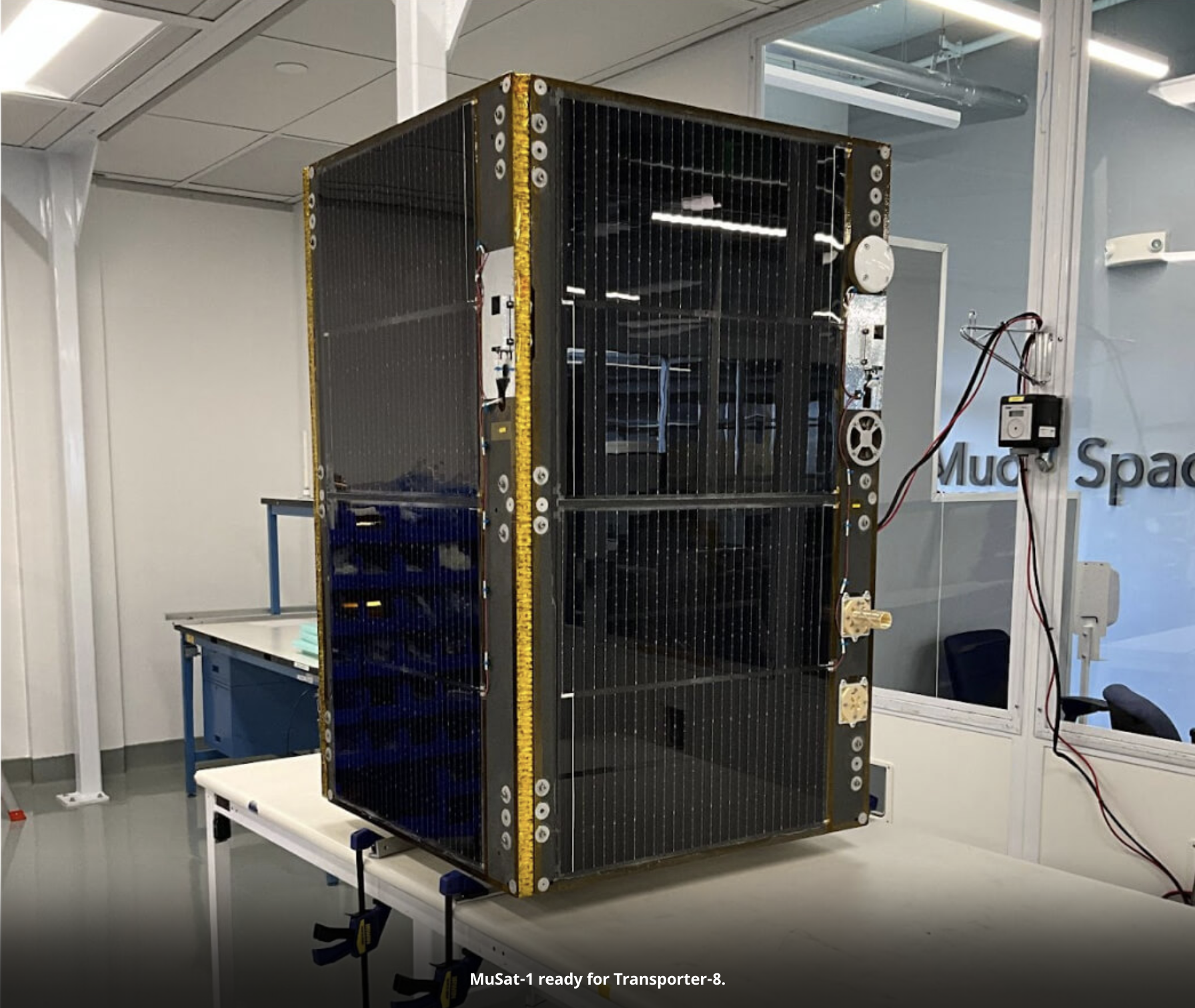
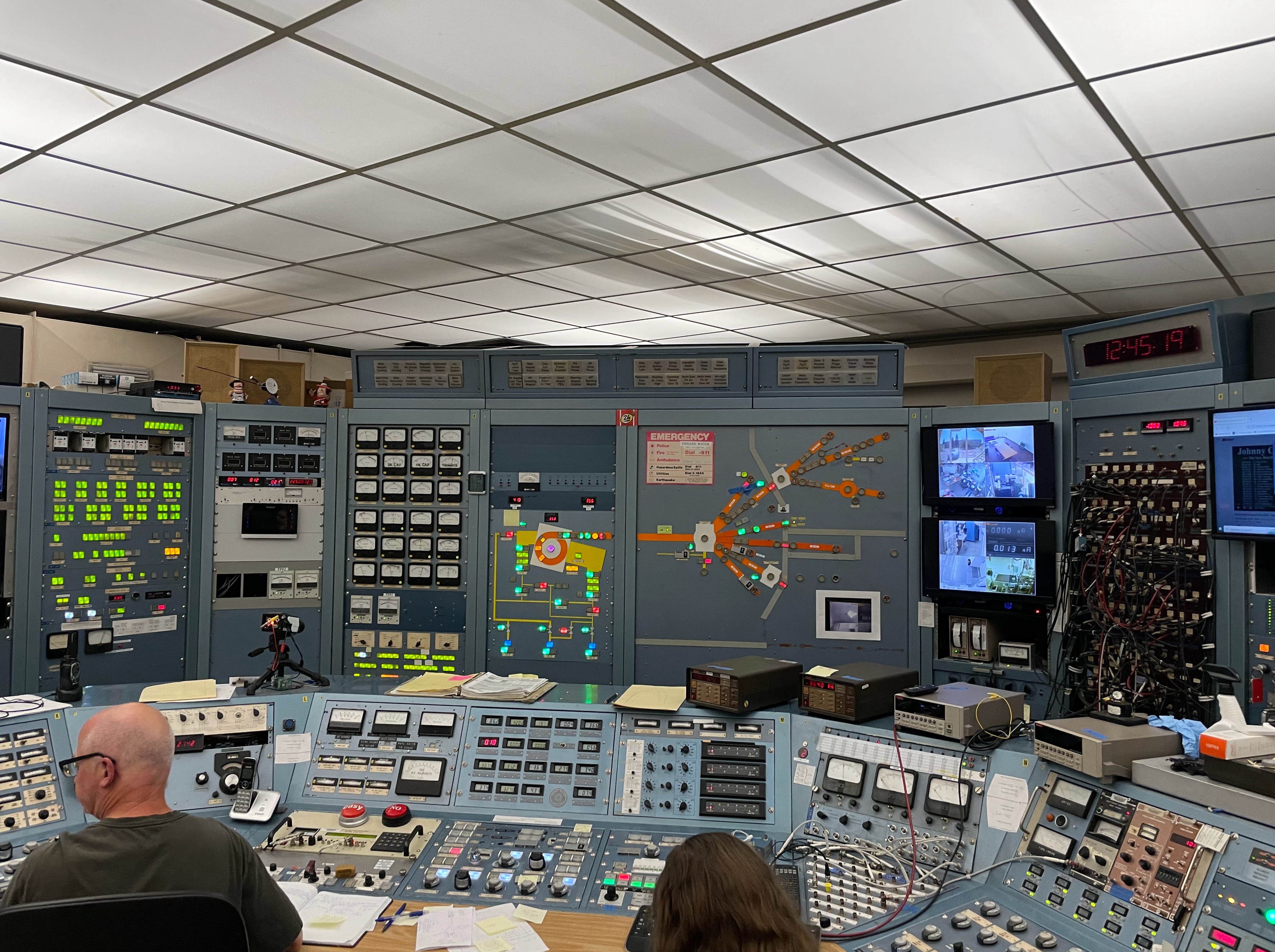
Muon Space
Muon Space is developing low-earth-orbit (LEO) satellites with novel new sensing systems to monitor Earth's climate and ecosystems. They have been developing a brand-new ESPA-class satellite over the last two years.
In 2022, I had the amazing opportunity to work as an fixed-term independent contractor for Muon Space and help design two PCBAs for MuSat-1. MuSat-1 successfully launched on June 12, 2023 on SpaceX Transporter-8.
The first board I worked on was a battery-management PCBA for LiFePO4 cells to protect and monitor packs during flight. For the battery board, I worked cross-functionally with the electrical, mechanical, and firmware engineers to make sure the design met requirements and interfaced correctly with the broader system. The second board was an RF-frontend PCBA to mix, filter, and amplify signals in the S (2GHz) and X (8GHz) bands. For this RF board, I worked closely with the RF design engineer to implement the schematics and layout.
I was also able to participate in radiation testing with the cyclotron at UC Davis’ Crocker Nuclear Laboratory. Proton-beam radiation testing is a common technique used during satellite system development to verify that ICs are resilient to acute and accumulated doses of radiation.
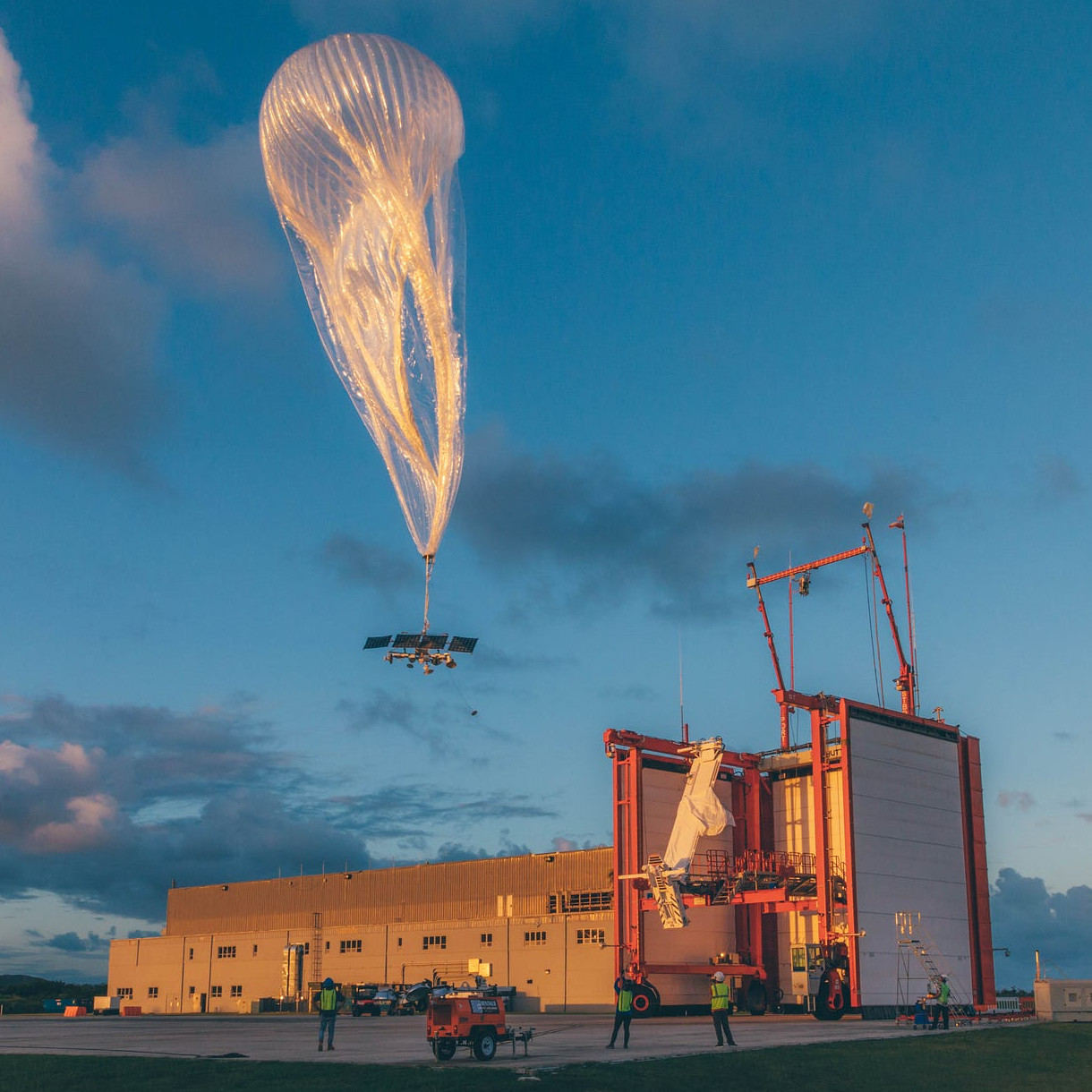
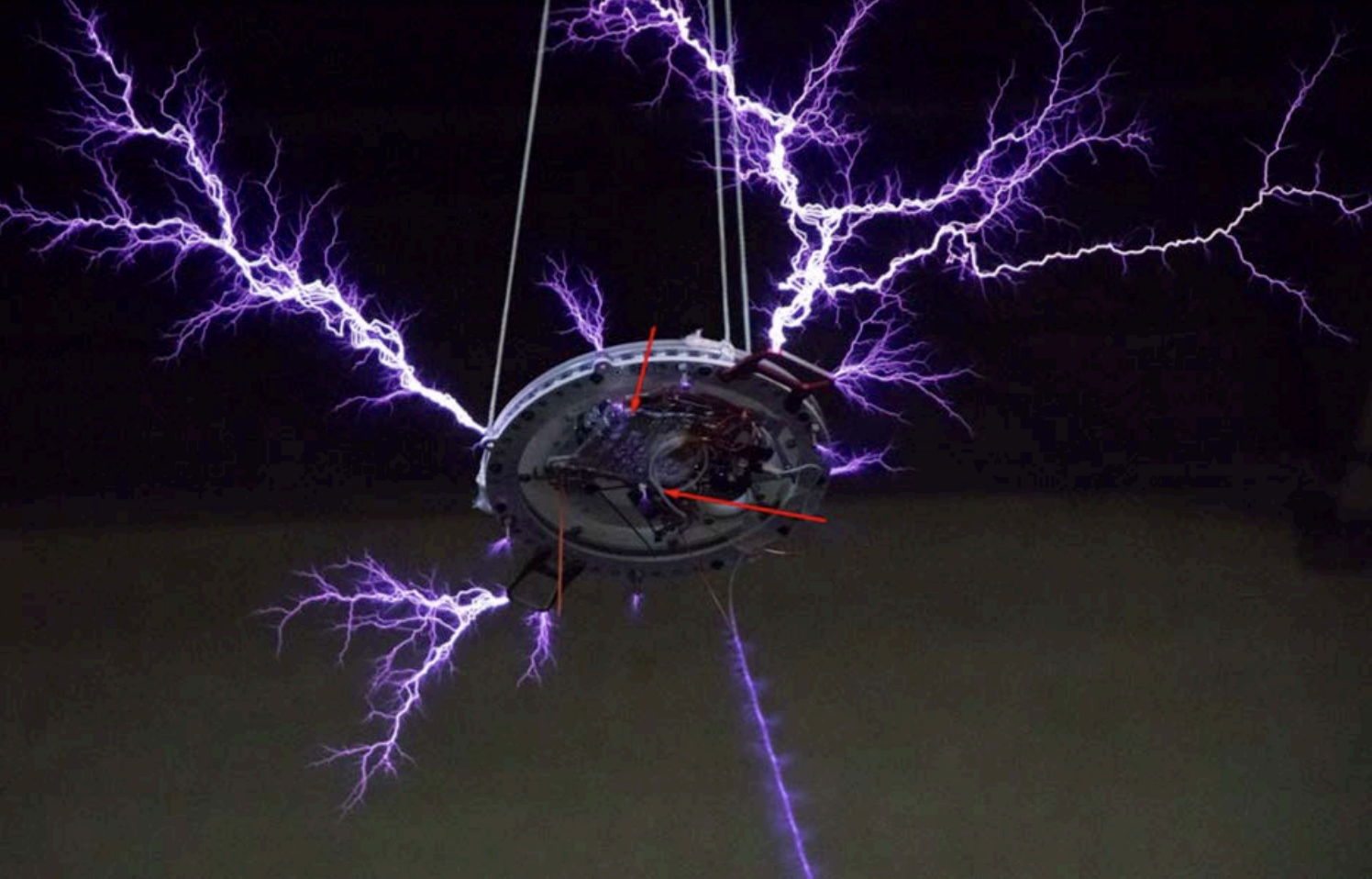
Loon @ GoogleX
Loon was a moonshot project at Alphabet's Google X division that had the goal of using high-altitude balloons to provide low-cost cellular service around the world. The flight vehicles were large super-pressure balloons that steered by ascending and descending to catch wind layers that were traveling in different directions.
I worked as an electrical design engineer on the Avionics team and was responsible for many of the flight-control subsystems including satellite-communications (Irdium and Inmarsat), ADSB transponders, flight-termination (explosive bolt-cutter squibs), parachute deployment, differential-GPS, attitude detection (IMU), solar panels, battery packs, power distribution, and more. We were a small team and I was responsible for the full life-cycle of our projects, including planning, requirements, estimates, schematics, layout, testing, manufacturing, and ongoing support. I worked with many teams, including reliability, compliance, manufacturing, field ops, and more.
In addition to my design work, I served as the manager of a team of three Avionics hardware engineers, and was in charge of coordinating all avionics hardware development. This role necessitated close collaboration with several different teams including firmware, reliability, mechanical, supply, manufacturing, and flight engineering. I worked hard to synchronize the efforts of these diverse groups, ensuring the design and manufacturing processes ran seamlessly.
One of my key responsibilities was to lead a cross-functional program to diagnose and resolve in-flight failures caused by harsh weather conditions like storms and nearby lightning strikes. I took courses on lightning protection of aircraft, flew to Mexico to analyze failed flight systems, analyzed telemetry, performed testing using Teala coils and DO-160 lightning surge simulators. I developed several test strategies, design guidelines, and hardware changes that substantially reduced our in-flight failure rate.
Additionally, I was part of a 24/7 emergency on-call rotation, supporting global flight operations with a commitment to a five-minute SLO. I actively participated in Design Failure Modes and Effects Analyses (DFMEAs) at various levels - the flight vehicle, subsystem, and PCBA levels. I applied for storm-related patents (US20220033101A1 and US20210242931A) although these were not fully pursued due to Project Loon's shutdown.
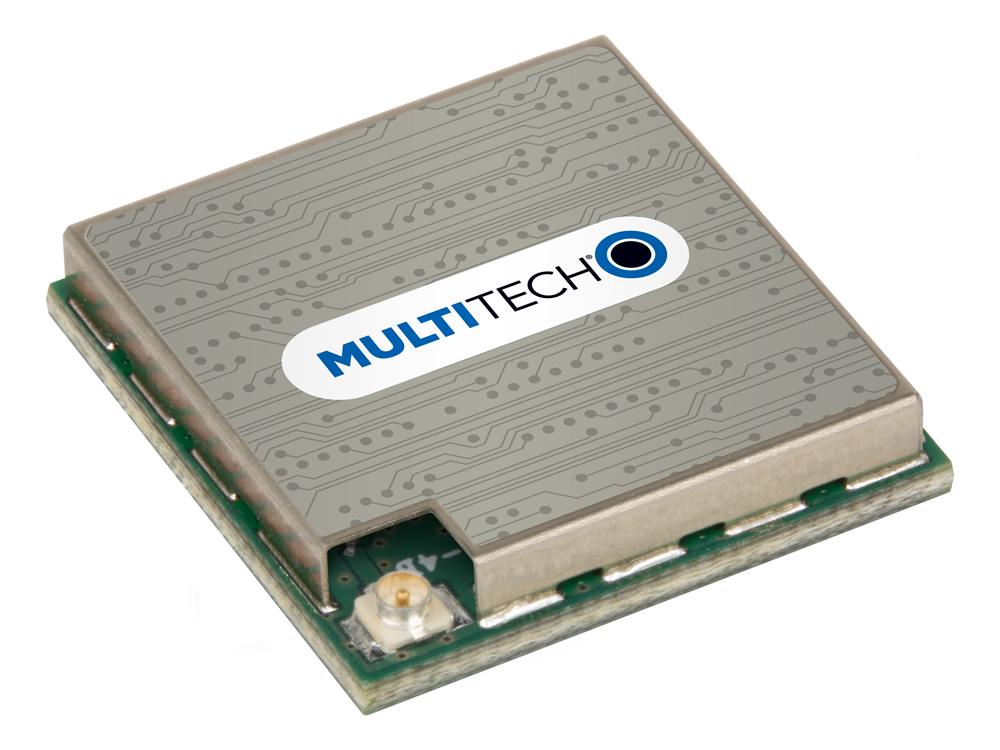
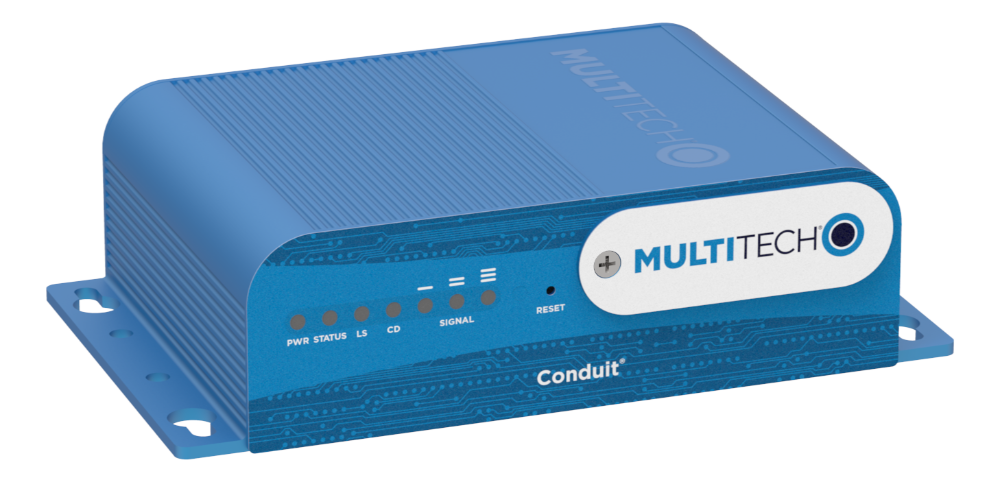
MultiTech
MultiTech is an IoT and connectivity solutions company that targets industrial applications. They got their start building acoustic-coupler modems, and over the years has developed many connectivity solutions. Their current product portfolio focuses on cellular modem and LoRaWAN modules.
In 2016, I joined the MultiTech hardware development group and helped design, build, and certify several new RF products (especially the new LoRa xDot product). I have also helped to maintain and improve existing products such as Conduit, SocketModem, and rCell. I get involved in requirements discussions, component selection, schematics, PCB layout, FCC and CE certifications testing, and customer support.
A big part of my role involved testing, tuning, and certifying the LoRaWAN RF modules. We had an on-site EMC test lab, and I learned to do simple RF tuning using discrete components and a smith chart. I learned to use spectrum and vector analyzers and got first-hand experience performing EMC testing and remediating failures.
MultiTech also had an on-site PCB assembly production line, so I've had the unique opportunity to work directly with manufacturing engineers and line technicians.

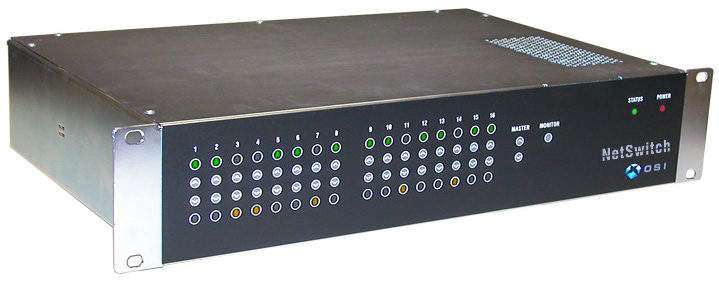
OSI
OSI (Open Systems International) is an automation software company that develops SCADA systems for electric utility grid operators. They have a small hardware design division that is reponsible for communication products that allow modern equipment (e.g. rackmount servers) to communicate with legacy grid equipment (e.g. Bell202 modems at substations).
I began working for OSI immediately after graduation. OSI brought me on as one of three hardware design engineers. I worked on all aspects of the product lifecycle from new product research and requirements development, to design and implementation, to product maintenance and manufacturing, and to obsolescence management. I interfaced with many different groups (Purchasing, Sales, Customer Relations, Field Services, etc) and had the opportunity to manage several projects.
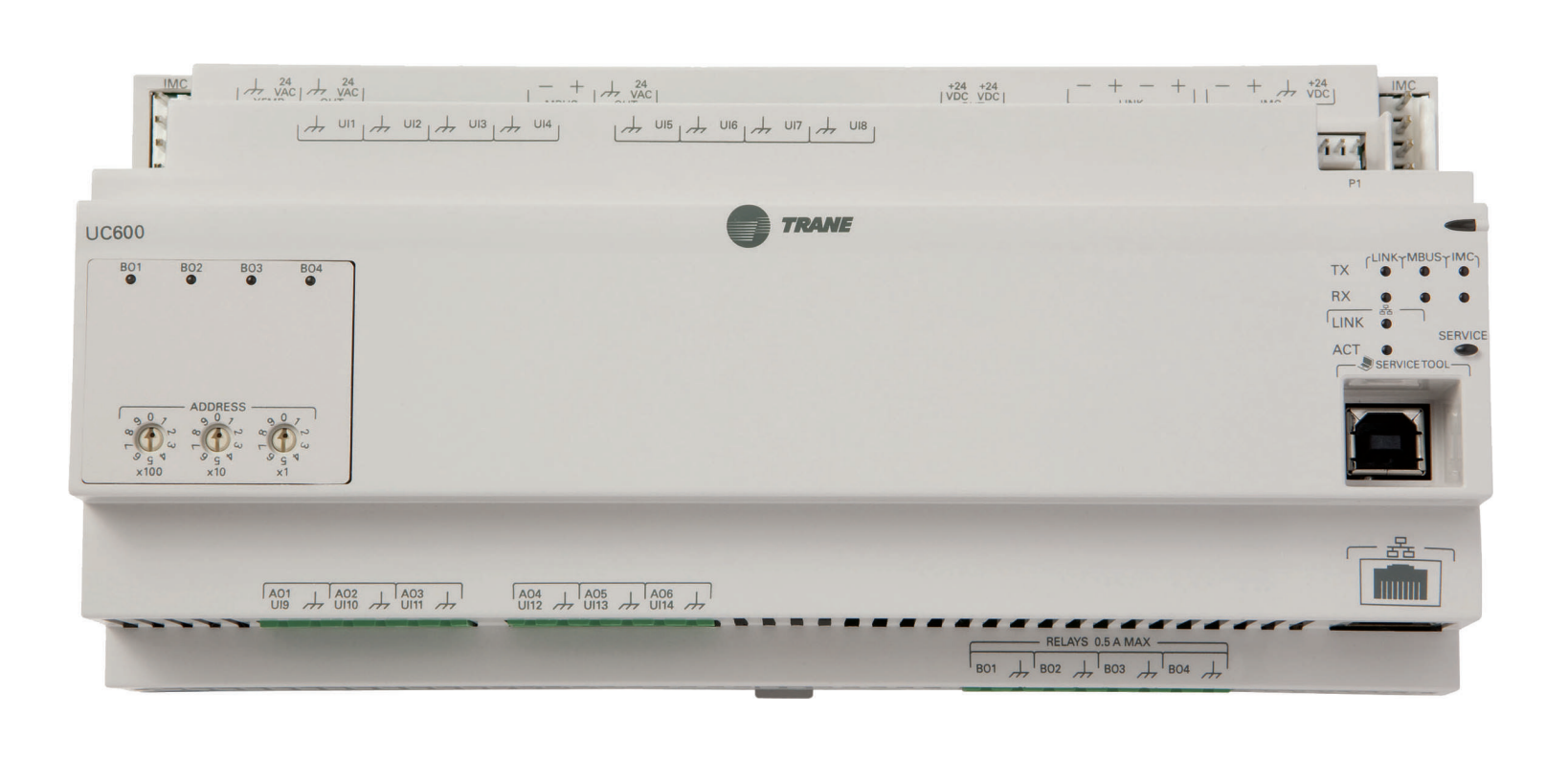
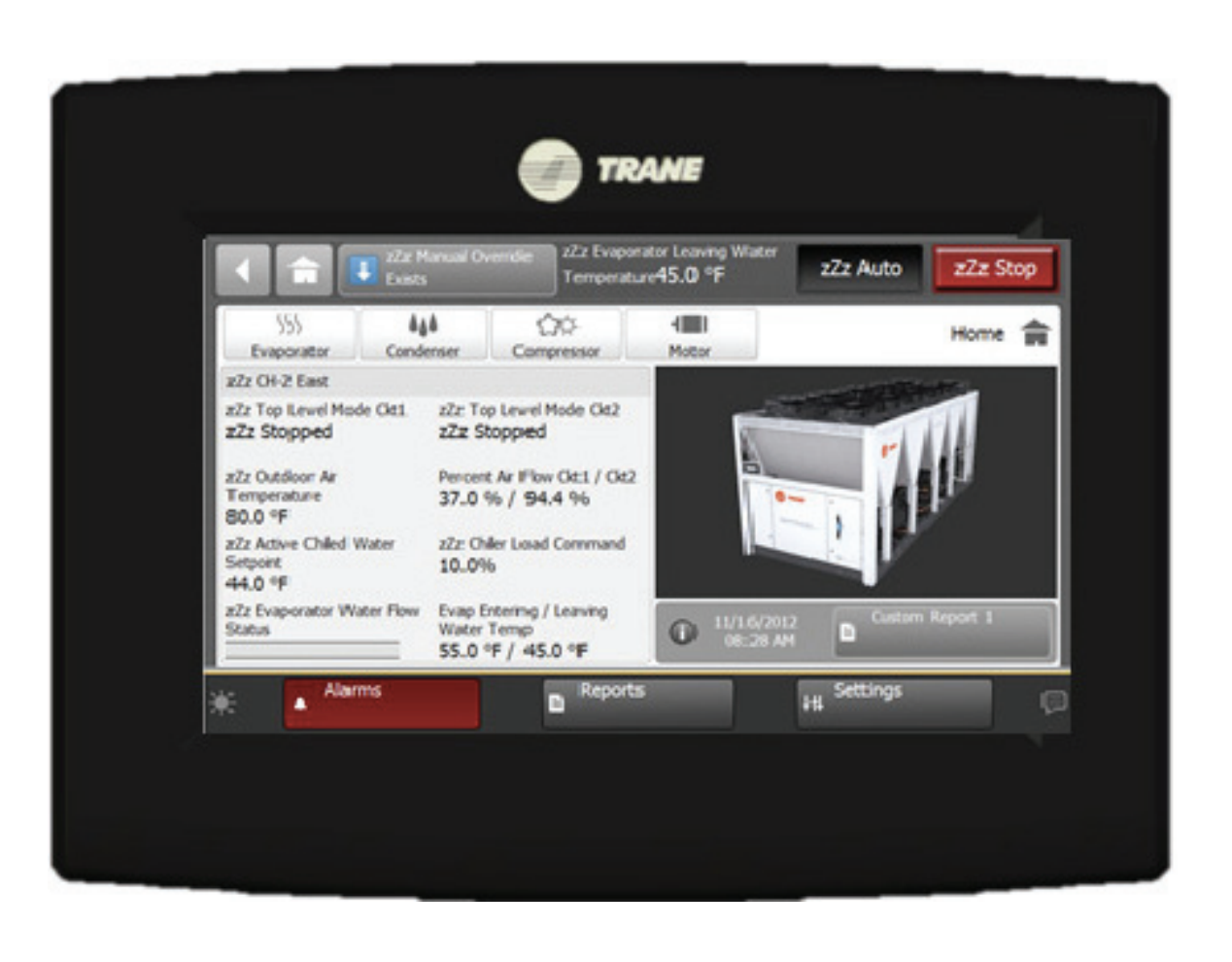
Trane
Trane is a manufacturer of heating, ventilation, and air conditioning (HVAC) systems. They build both large systems for commercial buildings as well as smaller systems for residential markets.
I worked as an intern at The Trane Company during my junior and senior years of college. I worked on the unit controls software test team and was responsible for writing, maintaining, and running test scripts to do hardware-in-the-loop integration tests. I tested two main products: the UC600 unit controller for VAV air boxes and the TD7 user interface display.
After a few months, I started revising test fixture hardware and implementing new features in the Visual Basic automated test program. I was able to work closely with software and hardware developers and participated in CCB meetings. Trane Company kept me on through the school year and extended my internship for two full years.